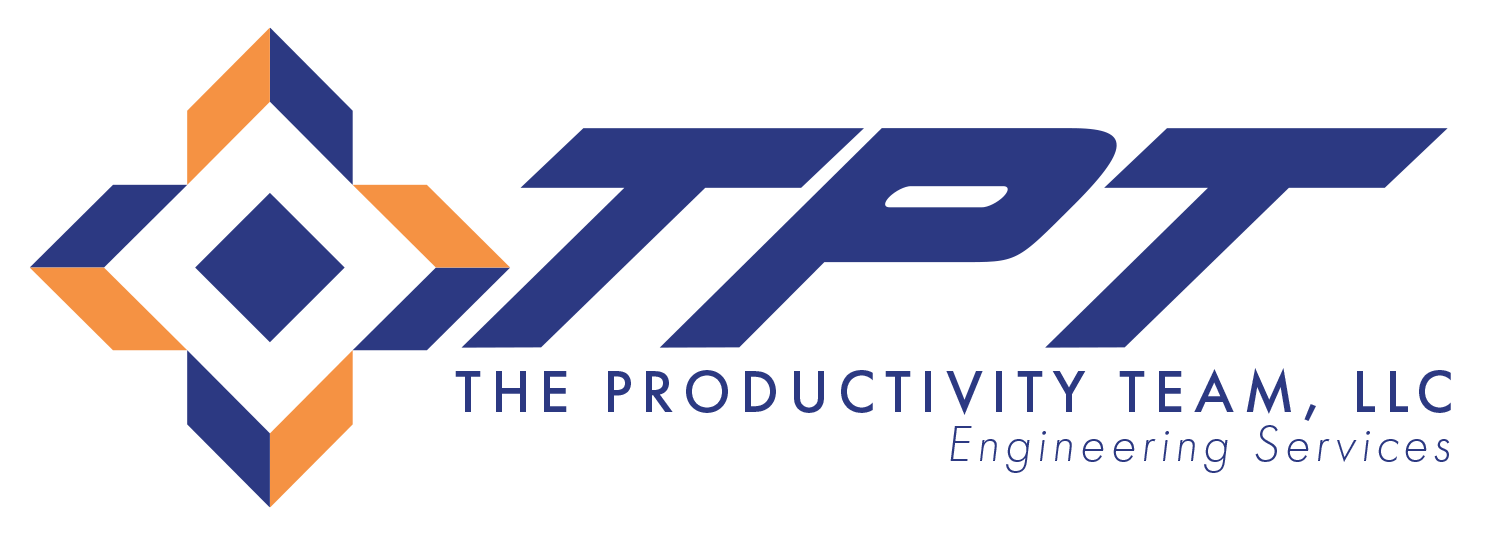Meeting current and future demands in any industry, especially in manufacturing, is a complex task that requires precise planning and foresight. Supplier capacity analysis is a critical component of this process, ensuring that suppliers can meet the demands of their clients both now and in the future. This analysis is essential for maintaining a smooth supply chain, minimizing disruptions, and optimizing production efficiency.
Understanding Supplier Capacity Analysis
Supplier capacity analysis involves evaluating a supplier’s capability to meet current and future product or material demand. It encompasses assessing their production capabilities, resources, scalability, and reliability. The process includes analyzing their manufacturing processes, workforce strength, machinery, technological capabilities, and raw material availability.
Why Conduct a Capacity Analysis?
- Predictability and Planning: Understanding a supplier’s capabilities aids in predicting potential supply issues and allows for better contingency planning.
- Risk Mitigation: It helps identify and mitigate risks such as supplier overextension, material shortages, or production bottlenecks.
- Cost Management: By forecasting future supply needs and supplier capabilities, businesses can negotiate better pricing and avoid last-minute sourcing, which often comes at a premium.
- Building Strong Supplier Relationships: In-depth knowledge of suppliers’ capacities leads to more informed and mutually beneficial relationships.
- Aligning with Market Demand: Keeping up with changing market demands is easier with a clear understanding of what suppliers can handle.
Steps in Conducting Supplier Capacity Analysis
1. Data Collection
- Gather detailed information about suppliers, including production volumes, lead times, workforce strength, machinery and technology, and raw material sourcing.
2. Capacity Evaluation
- Evaluate the current capacity of suppliers against your current and future demands.
- Assess their ability to scale up operations in response to increased demand or to manage seasonal variations.
3. Performance Assessment
- Review historical performance, including on-time delivery rates, quality of goods, and responsiveness to demand fluctuations.
4. Risk Analysis
- Identify potential risks associated with each supplier, including financial stability, geopolitical factors, and dependency on a single source for raw materials.
5. Scalability and Flexibility
- Assess the supplier’s ability to adapt to changing requirements, including the introduction of new products and changes in technology.
6. Continuous Monitoring and Review
- Regularly update the capacity analysis to reflect any changes in supplier capabilities or your demand.
Implementing Findings
- Strategic Sourcing Decisions: Make informed decisions about whether to continue with current suppliers, diversify suppliers, or develop secondary suppliers for key components.
- Demand Planning and Forecasting: Align your demand planning with supplier capacities to ensure continuous supply without overburdening suppliers.
- Negotiating Contracts: Use the data to negotiate terms that reflect the true capacity and capabilities of the supplier.
- Improving Supplier Relationships: Share your findings and plans with suppliers to work collaboratively on future challenges and opportunities.
- Investing in Supplier Development: Identify opportunities to invest in your suppliers’ capabilities, enhancing their capacity and, in turn, their ability to meet your needs.
Challenges in Supplier Capacity Analysis
- Data Accuracy and Availability: Ensuring the data used in the analysis is accurate and up-to-date.
- Dynamic Market Conditions: Keeping up with rapidly changing market conditions and technologies which can affect both your demand and the supplier’s capacity.
- Supplier Transparency: Getting suppliers to share detailed and sensitive information about their operations.
- Balancing Costs and Efficiency: Making decisions that balance the cost of goods with the efficiency of supply chain operations.
The Role of Technology in Capacity Analysis
Advancements in supply chain management software and analytics tools have made it easier to conduct detailed supplier capacity analysis. These tools can automate data collection and analysis, provide real-time updates, and predict future trends using advanced algorithms. Integrating these technologies into the supply chain management process can significantly enhance the accuracy and efficiency of supplier capacity analysis.
Conclusion
Supplier capacity analysis is a fundamental aspect of strategic supply chain management. By effectively analyzing and understanding the capabilities of your suppliers, you can ensure a stable and efficient supply chain that is capable of meeting both current and future demands. This analysis not only helps in mitigating risks but also plays a crucial role in strategic planning, cost management, and building strong, collaborative relationships with suppliers. In a dynamic and competitive market, supplier capacity analysis is indispensable for maintaining a resilient and responsive supply chain.
Contact Us to Learn More About TPT
TPT is the leading provider of facility planning and engineering services. Contact us today to speak with one of our planning and engineering specialists.
